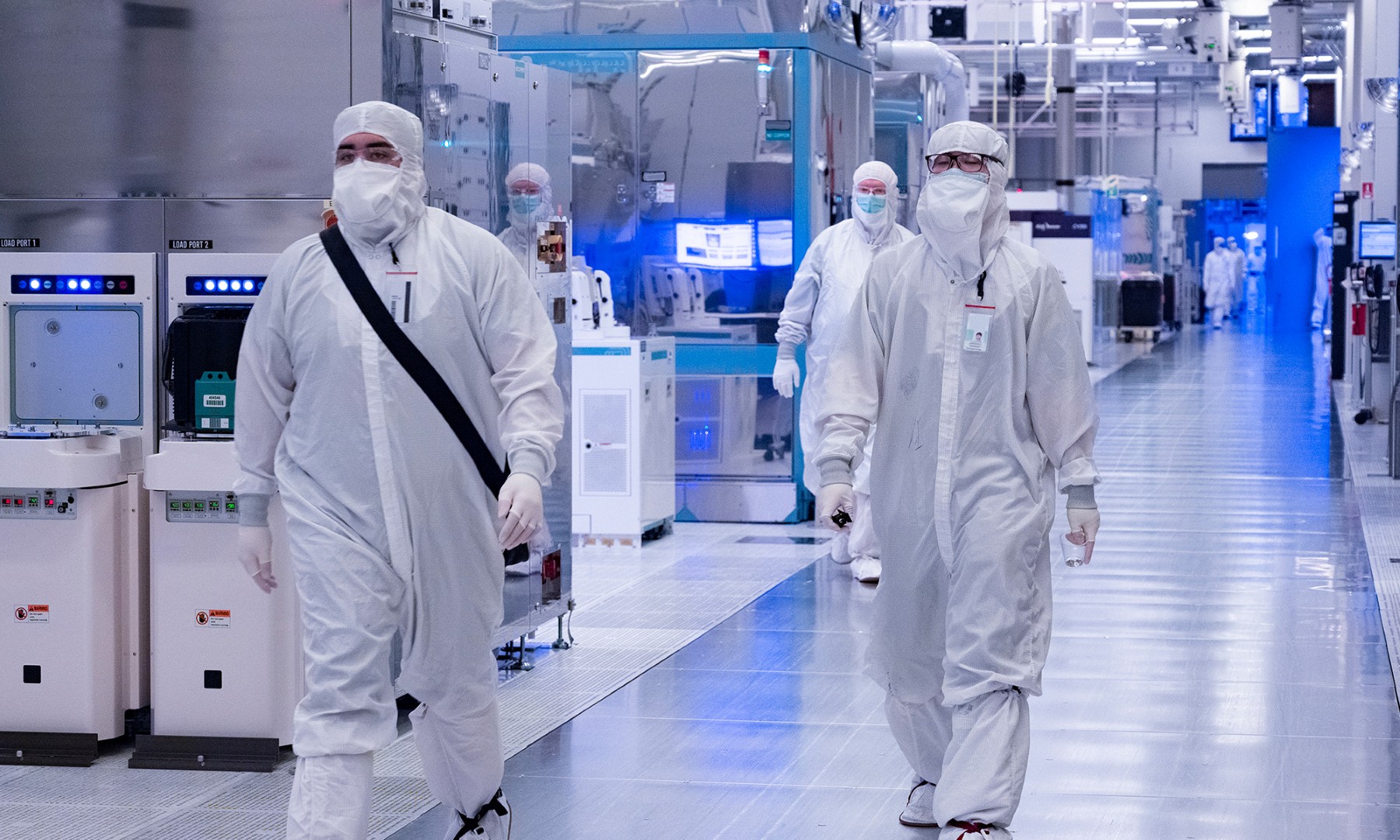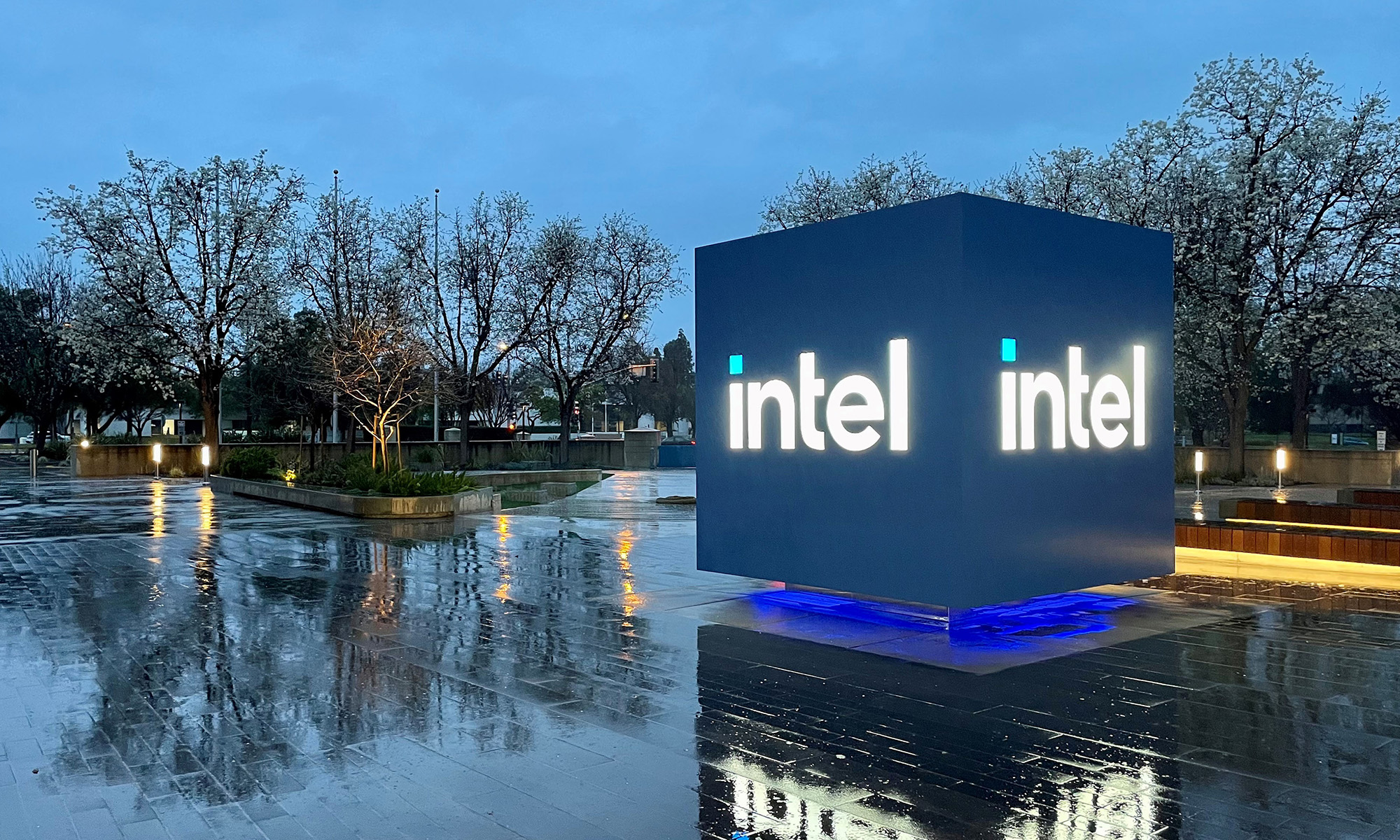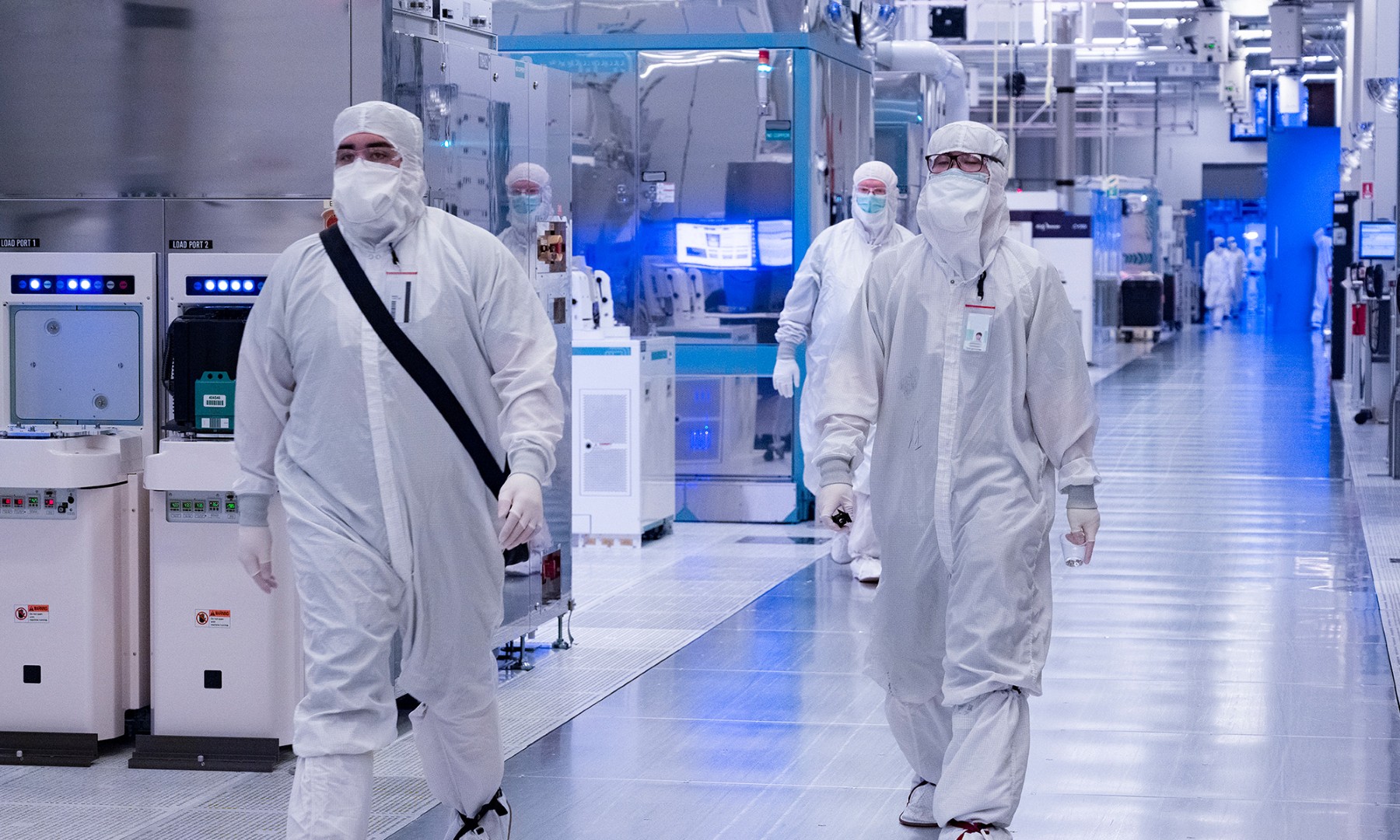Earlier this year, Microsoft (MSFT 3.04%) introduced the Surface 3 tablet/PC hybrid. The device offered a number of improvements over the prior generation Surface 2 tablet, with the biggest improvement being a move to an Intel (INTC +8.59%) x86 processor, allowing for the device to run full Windows and traditional desktop applications.
As big of an improvement as the Surface 3 was over the Surface 2, I believe that the improvements that Microsoft will deliver with the Surface 4 -- which I believe will arrive in the first half of 2016 -- could be even more substantial.
Intel's Broxton chip expected to deliver major performance gains
The Surface 3 uses Intel's Cherry Trail processor. Cherry Trail offers improved graphics performance compared to the company's prior generation Bay Trail chip, but in terms of CPU performance it doesn't really offer much of an improvement as the CPU core design went largely unchanged in going from Bay Trail to Cherry Trail.
I believe that the Surface 4 will use the follow on to Cherry Trail from Intel, known as Broxton, enabling significant performance and feature improvements.
On the CPU side of things, Broxton is expected to use Intel's next generation Goldmont CPU architecture. Not much is known about this CPU core beyond the fact that it is a "tock" in Intel's "tick/tock" cadence, suggesting a major architectural overhaul. This should mean substantially improved general purpose application performance.
Additionally, in an article published here on Fool.com, I tried to estimate the level of graphics performance that Intel's Broxton would bring to the table. Although my estimates led me to conclude that Broxton won't have leadership graphics performance, it could offer nearly 60% additional graphics performance relative to the Cherry Trail processor found in the Surface 3.
What might these performance gains mean?
Microsoft is positioning the Surface 3 -- which starts at $499 -- as a laptop replacement. In a review of the Surface 3 on The Verge, Tom Warren says that "the performance still isn't great compared to $499 laptops."
"I've used iTunes, Chrome, Photoshop, and a number of other Windows desktop apps, and most of them run just fine at a basic level until you start to push things further," writes Warren.
He further points out that most modern PC games that he tried to run on Steam "just won't run well at all."
The improved CPU performance in the Surface 4 should help improve performance in the first class of applications listed (i.e. everyday tasks). Both the improved CPU and graphics performance should allow a broader range of traditional PC games to run on the device at reasonable performance and quality levels.
Why is this a big deal for Intel and Microsoft investors?
The actual sales of the next generation Surface 4 aren't likely to move the proverbial needle for either Microsoft or Intel. However, if devices like the next-generation Surface from the various PC vendors catch on, then they could potentially shift tablet market segment share away from Android and iOS devices and toward Windows devices.
Such a shift would be a win for Intel as it faces nearly no competition in the market for Windows-bound applications processors (while in the Android market, it faces substantial competition). It would also be a win for Microsoft as it not only gets the upfront Windows licensing fee, but it gets users into its software ecosystem.






